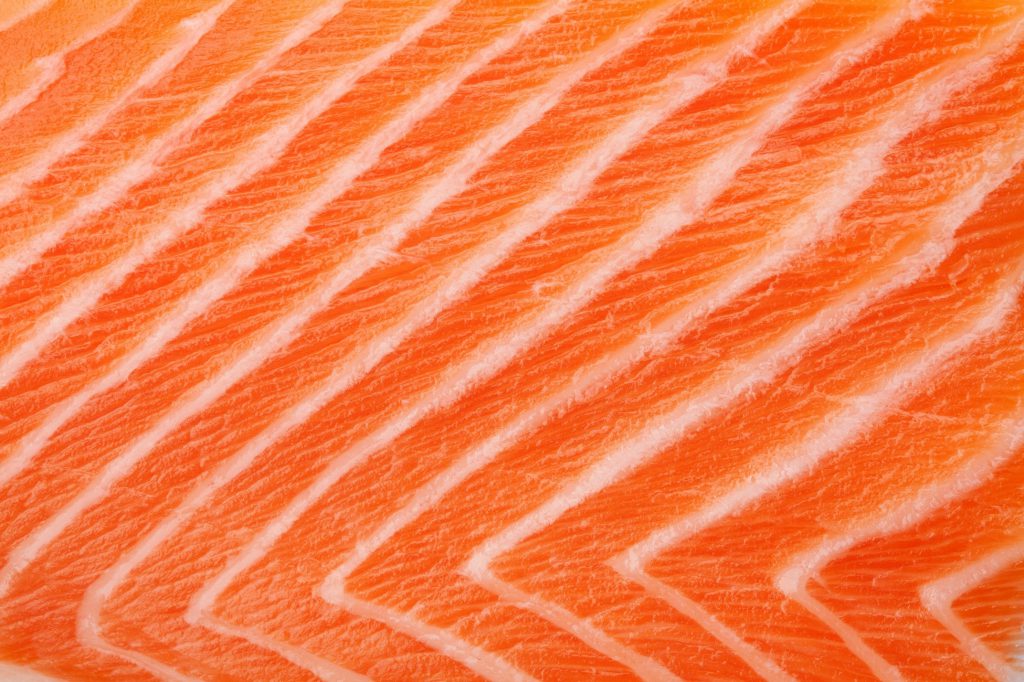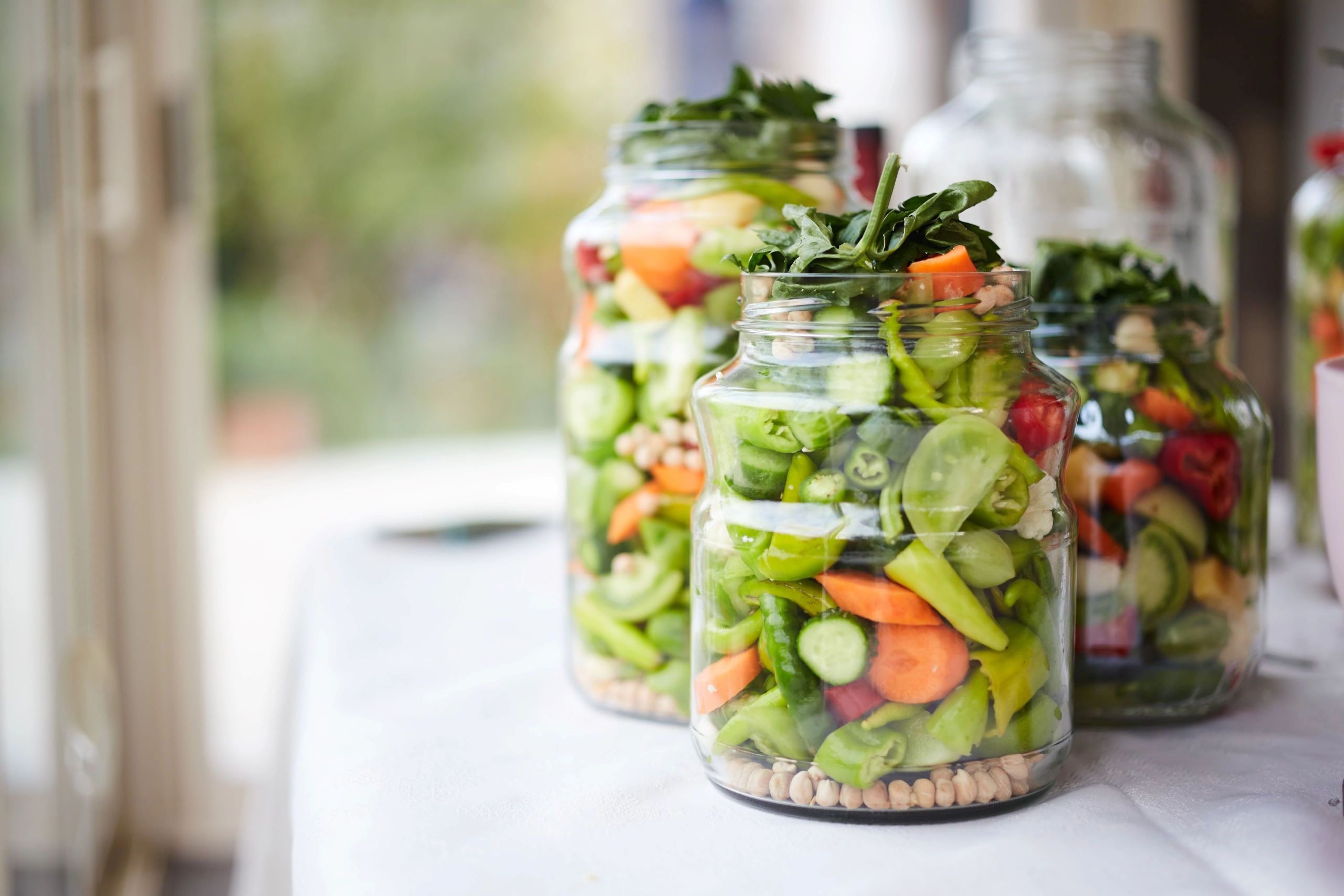Conscious consumers want to feel that a food or beverage aligns with their beliefs, which has led to a push for claims like ‘free from artificial colors or preservatives’, ‘organic’, and ‘made with natural ingredients’. Consumers who seek foods that they perceive as natural and healthy don’t offer the industry a consistent definition of what they accept on product labels – simply put, they expect food as it should be.
Consumer research helps us to group the main categories of what consumers are looking for when it comes to ‘clean label’, trustworthy foods: ingredients, nutrition and sustainability. 84% of American consumers are seeking more natural and less processed foods.
At the same time, foodborne illness is the #1 food safety concern for consumers, rising above issues like chemicals or food additives (International Food Information Council, 2019). so as the food industry tries to meet these demands, they are faced with the challenge of finding the balance between convenience and safety, while also offering foods that are as close to homemade as possible.
When we decode consumer demands, we may find ourselves layering in challenges that consumers care about, but have not even considered.
For example, natural foods create challenges surrounding:
- Food waste
- Food safety
- Food appearance
Balancing food waste and the movement towards natural foods
Natural, homemade foods with local, kitchen cupboard ingredients, are the standard narrative targeted by many consumers – unfortunately they have a very short shelf-life.
When I think about a loaf of my homemade brown bread, within about three days it will be stale and it will likely be mouldy in under a week. For me, novelty of it being homemade and feeling premium offsets the urgency with which it must be eaten. In my experience, whether it’s a homemade cake or loaf of bread, I can often feel like I am eating more out of a sense to make sure no food goes to waste rather than to enjoy the food.
The same emotional consumer journey does not translate for purchased food with natural positioning, which usually comes at a premium. When the consumer realises that the shelf life of natural food is inconvenient and doesn’t fit into their busy lifestyle, there is a negative association with the money wasted and the pressure not to let the product go to food waste. The intent to repurchase is diminished due to the inconvenience of wasting a premium food product or having to shop more often to accommodate a product’s short shelf life. One-third of food globally goes to waste and this rises to 40% in North America.

Think now of store-bought bread. Across the US and Europe, bread has the highest volume of waste but is generally a low value product. When you buy a baguette in Paris for €1 or €2, you are not surprised when it goes stale within a day. Daily fresh bread is part of the tradition. In the US however, if you’re buying a loaf of bread for sandwiches on your weekly shop and you switch to a natural, premium brand, only to find that it moulds within a few days, sending you back to the grocery store or searching for alternative lunch options…it doesn’t quite fit.
The solution is to look to naturally-derived methods of maintaining shelf life that meet consumers’ label and ingredient expectations that can be scaled up to create commercial solutions. Like adding lemon juice to fruit salad or rinsing fresh berries in vinegar, a combination of traditional methods and scientific studies can be used to solve these challenges. In bread for example, sourdough (fermented wheat flour) is an authentic shelf life solution.
|
Get KHNI articles delivered to your inbox
|
The food safety problem posed by the removal of traditional preservatives
The number one claim in new product launches across many categories is “No Additives/Preservatives”(Mintel GNPD). Consumers want ingredients which they can understand and trust, but at the same time hold food safety as a top priority.
In the meat category for example, there is a distinction between fresh meat whose appearance and freshness is key and which must be handled and cooked correctly by the consumer. Consumers will scrutinise the source, freshness and appearance of fresh meat more than any other category.
Processed meats are highly regulated by bodies such as USDA for pathogen control to ensure food safety over shelf life. As consumers reject traditional preservatives, the industry must look to nature for solutions that help them to meet consumer demands without compromising food safety. Consumers are not willing to risk their family’s safety by feeding them preservatives, but equally, they are not willing to risk food poisoning for the same cause…

We see that meat brands who can find the balance with the removal of artificial preservatives but meet consumer shelf life and federal food safety regulations see growth in an otherwise stagnant market. With a range of natural shelf life options such as extracts, fermented vegetable juices, functional flavours and vinegar becoming more accessible globally and being backed by challenge and shelf life studies, there are options for brands looking to reformulate for health and wellness. For more information on how these solutions work, read the article Fermented Ingredients for Natural Preservation.
The aesthetics of ‘natural’ food
Consumer awareness of the natural appearance of certain foods can vary by region and education. For example, tarama (a Greek meze made from fish roe) is naturally beige/grey, but the French market has been conditioned for it to appear pink as a sign of quality. When confronted with the highest quality natural product, consumers are concerned that it has spoiled due to the unfamiliar colour.
Wild salmon may be white, depending on its diet or ability to process certain pigments. The deep red colour comes from pigments in crustaceans in the salmons’ diet. Farmed salmon is fed compounds to give it the familiar orange colour. Both of these are additives of sorts but they are unconsciously demanded by consumers through conditioning to recognise colour as a sign of quality.

Turkey deli meat is another example. In the US, to meet shelf life demands, it is often cured with sodium nitrite or natural alternatives for pathogen control. The resulting turkey deli meat carries a lot of the colour and flavour characteristics of ham, so many times the turkey flavour and appearance need to be built back in. Consumers confronted with whiter turkey deli meat may wonder if it is bleached, or bland in comparison to what they are used to.
Like has been done in recent years in other categories with claims such as “naturally cloudy” in apple juice, “natural sediment may occur” in craft beer or “separation is natural, stir me up” in natural nut butters, we must find ways to reassure consumers who may be surprised by the natural appearance of certain foods.
The future of ‘natural’
In short, consumers want it all and they want it now…but they don’t always understand what they are asking for. Science-backed innovation in this novel foods space is ongoing, gaps still exist to allow manufacturers to reduce packaging and maintain quality with naturally-derived processes and ingredients.
Market solutions need to be backed with food safety data and assessed as GRAS (generally recognised as safe) by regional bodies such as EFSA and the FDA for safety of new substances or new proposed uses for currently authorised substances.
As the industry moves towards greater transparency, there is an opportunity for consumer education to ensure products developed meet their unexpected expectations.
To watch our webinar on Clean Label: More Than Ingredients click here.

 Emma is a Global Strategic Marketing Director in Food Protection and Preservation at Kerry. Emma has a BSc (Hons) in Agricultural Science and an MSc in International Marketing Practice, both from University College Dublin, Ireland. Emma partners with her technical colleagues, to translate microbiological innovation into actionable insight for the market, informing the next generation of consumer-friendly food protection.
Emma is a Global Strategic Marketing Director in Food Protection and Preservation at Kerry. Emma has a BSc (Hons) in Agricultural Science and an MSc in International Marketing Practice, both from University College Dublin, Ireland. Emma partners with her technical colleagues, to translate microbiological innovation into actionable insight for the market, informing the next generation of consumer-friendly food protection. 

